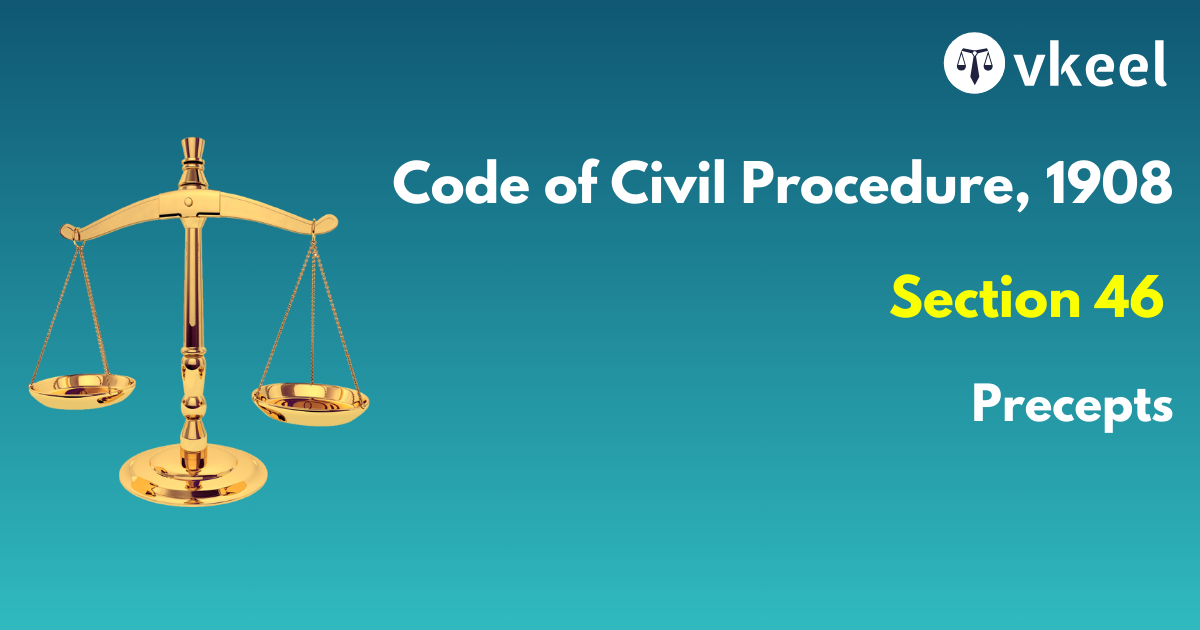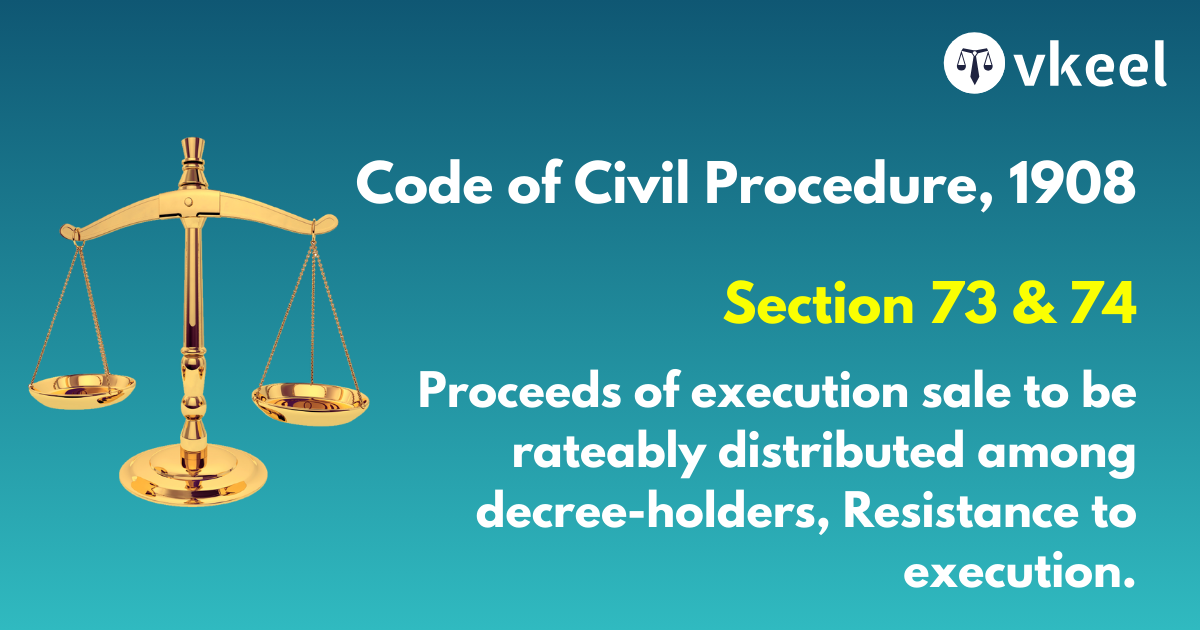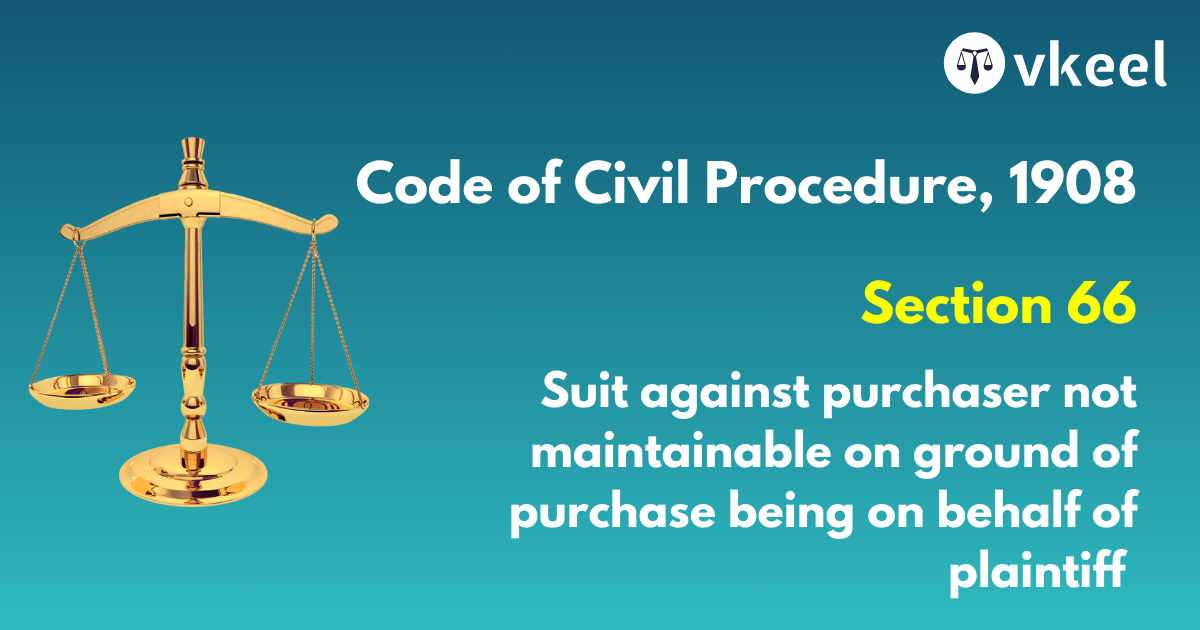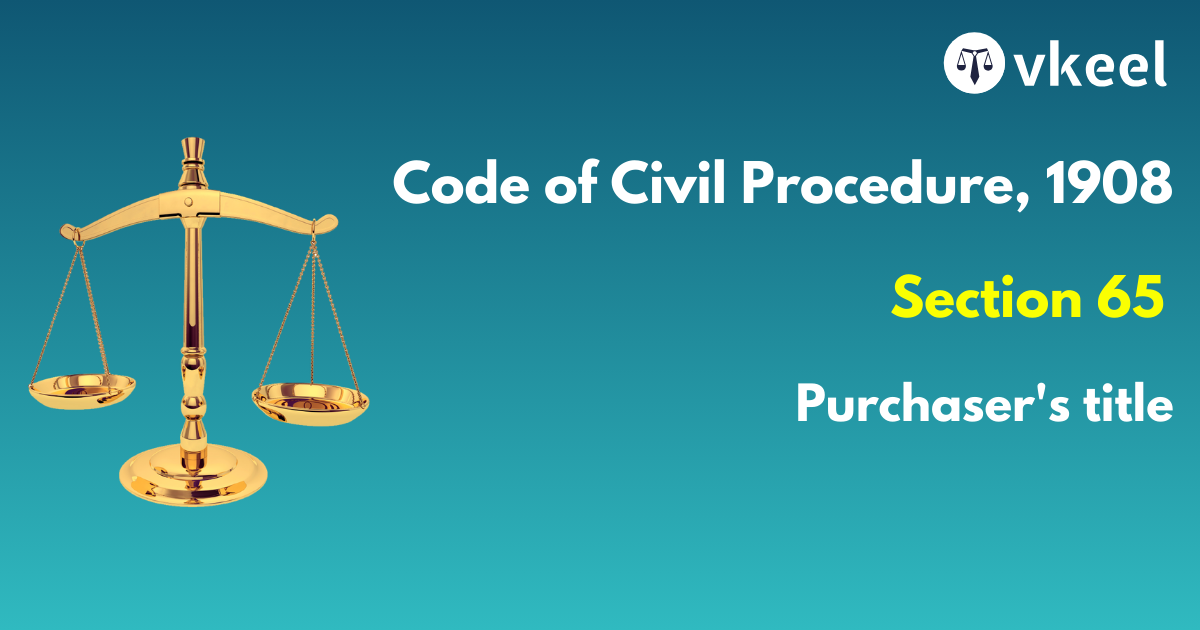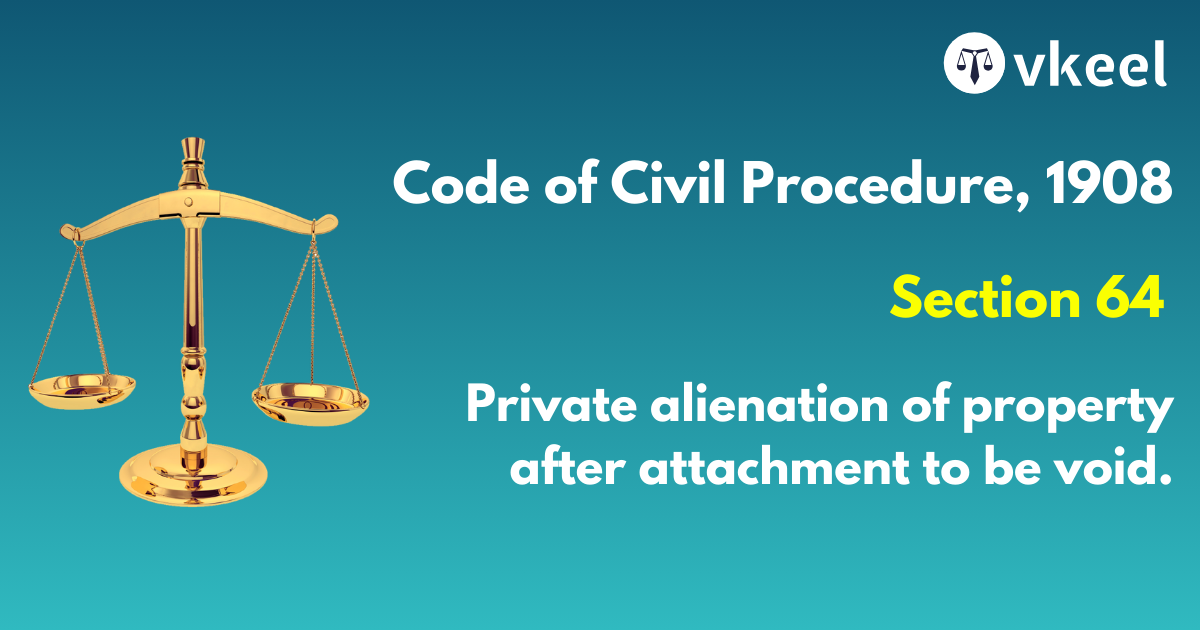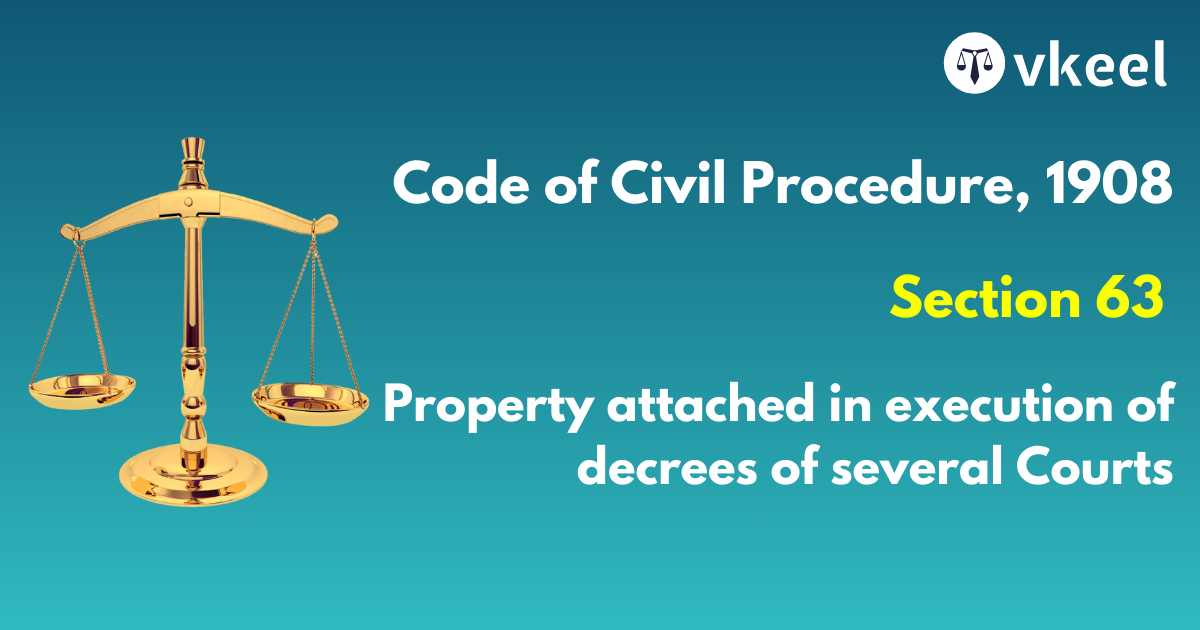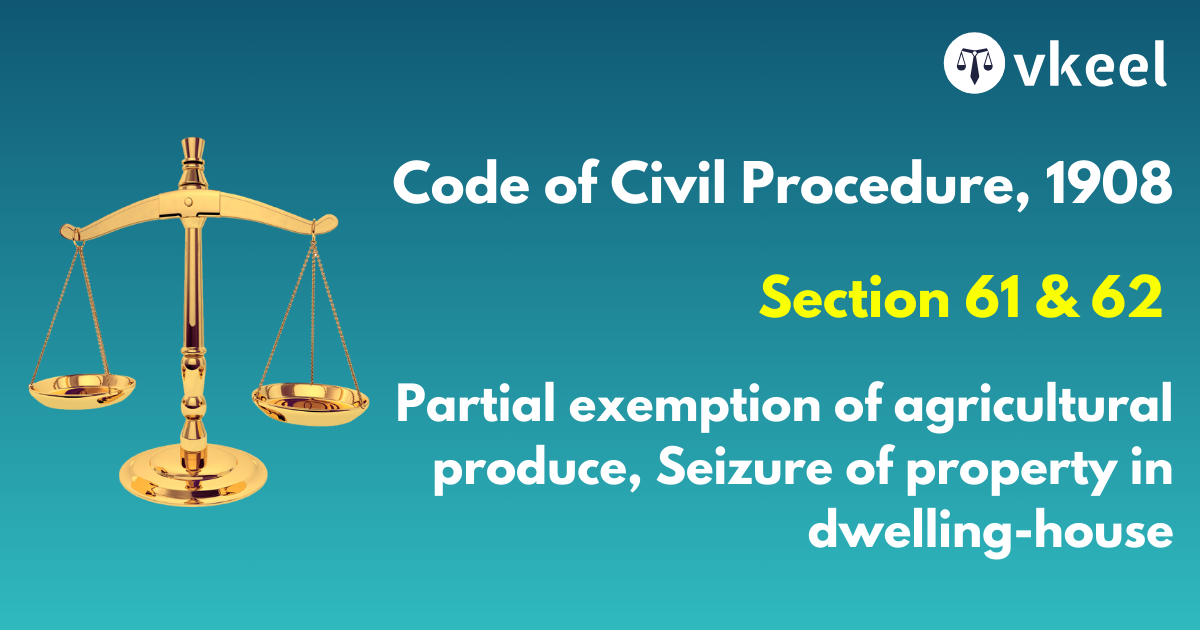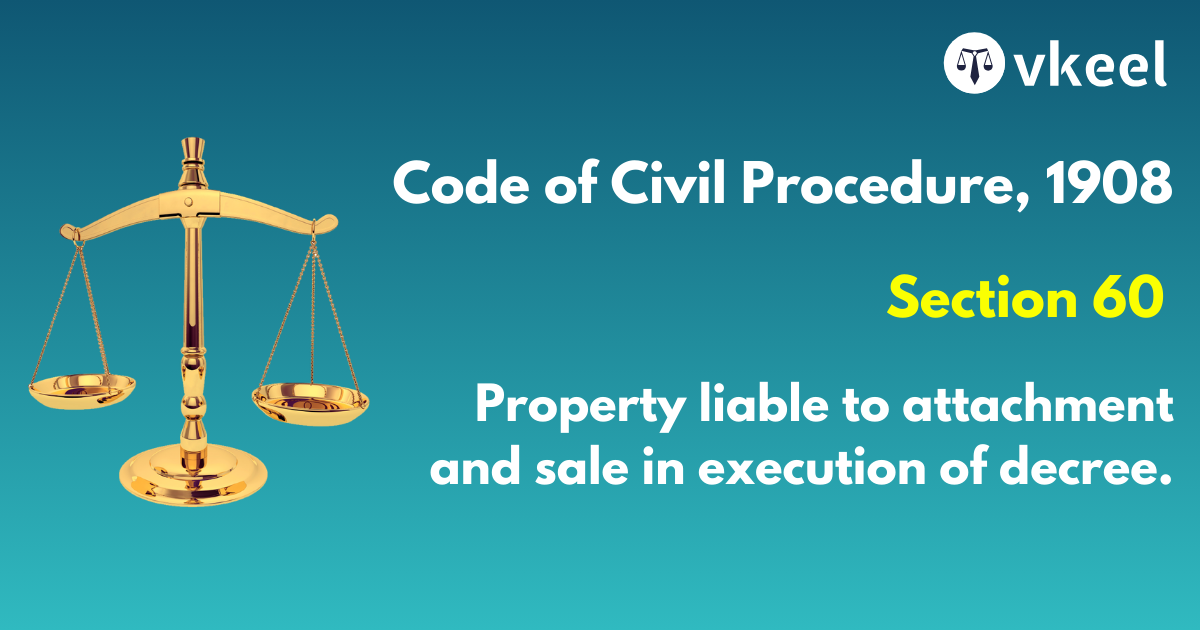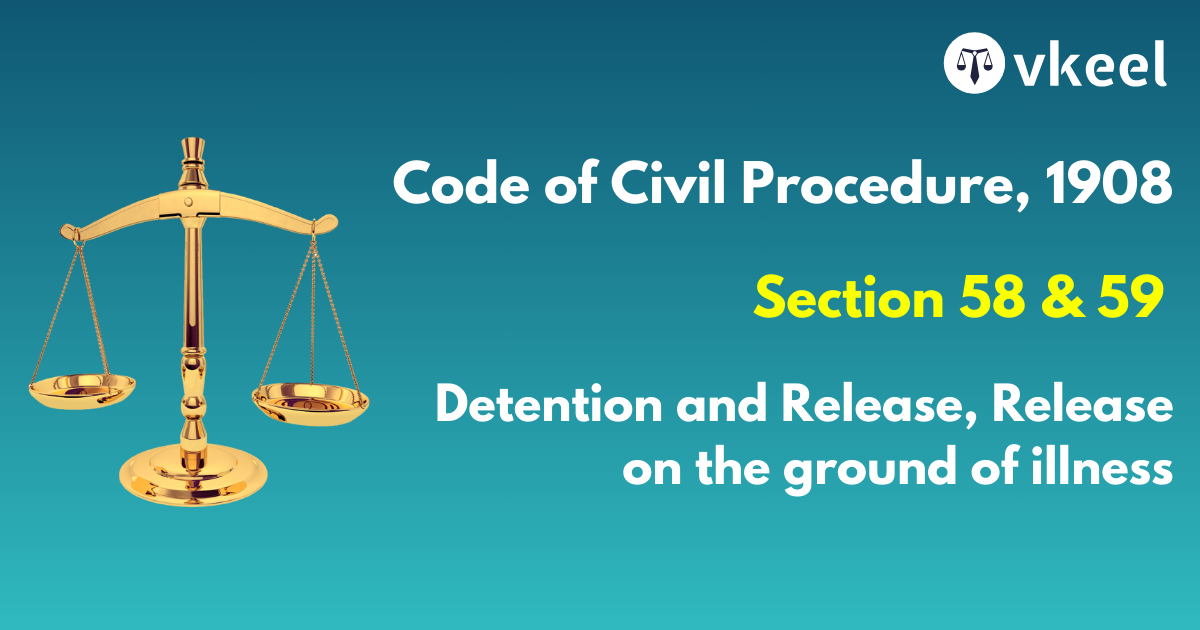Section 46 of the Code of Civil Procedure, 1908
By Joy Puri
Introduction
The aforementioned Section 46 of the Code of Civil Procedure narrates about the concept of Precepts that is prevalent in the code.
The tale of precepts ordains that is a legal instrument which is put into use by the competent court on the lower court of competent jurisdiction in order to enforce the decree promptly.
Under section 46 of the Code of Civil Procedure, they are used in a situation wherein the court attaches the property of the judgement debtor in the situation where the courts reasonably thinks that the judgement debtor may try to avoid the payment.
Furthermore, percept in Section 46 of the Code of Civil Procedure can be opined as the formal order which is delivered to another court which possesses a valid jurisdiction over the subject matter, thereby directing it to attach the property to secure the judgement amount from the judgement debtor.
Section 46 of the Code of Civil Procedure, 1908
Precepts.
(1) Upon the application of the decree-holder the Court which passed the decree may. whenever it thinks fit, issue a precept to any other Court which would be competent to execute such decree to attach any property belonging to the judgment-debtor and specified in the precept.
(2) The Court to which a precept is sent shall proceed to attach the property in the manner prescribed in regard to the attachment of property in execution of a decree:
Provided that no attachment under a precept shall continue for more than two months unless the period of attachment is extended by an order of the Court which passed the decree or unless before the determination of such attachment the decree has been transferred to the Court by which the attachment has been made and the decree-holder has applied for an order for the sale of such property.
Landmark Case Laws
Chimandas Vs Mahadevappa Firm, 1961
Section 46 governs only attachments in execution of a decree and does not come into play in the context of O XXXVIII rule 5 or O XXI rule 46
Langley & Co Vs Lakshmi, 1926
The object is to enable the decree-holder to obtain an interim attachment when it is apprehended that he may otherwise be deprived of the fruits of his decree. A transferee court cannot issue precept
Champalal Vs Mohanlal, 1959
The issue of a precept has not the effect of transfer of a decree for execution. The court receiving a precept has no jurisdiction to entertain an application under O XXI rule 2
Rai Kissenji Vs Sri Kissen, 1940
An attachment under precept is not attachment in execution Procedure after attachment by precept
Galstaun Vs Dinshaw, 1927
A precept can be issued by the court even after it has transferred the decree to another court for execution. The receiving court cannot question the validity of the precept
Gurdial Vs Khazan, 1936
Indefinite order stating that attachment is made permanently cannot be made
Abdur Rahman Vs Tripura M Bank, 1972
A formal execution application will be considered to be an application for sale and if made within 2 months an order beyond two months will not be without jurisdiction
Sivakolundo Vs Ganapathy, 34 IC 302: 3 LW 336
Two months can be extended although the order is passed after the period, provided application for extension is filed within it.
Hindusthan Bicycle &c Vs Nath Bank, 1957
Precent can be extended beyond two months in either of the ways specified in the proviso and in no other
Karri Venkata Reddi Vs Central Bank of India, 1990
The mere expiry of the time of attachment would not take away the jurisdiction of the executing Court to give a direction to the other court to conduct the auction
Ramji Vs R. , 1933
The receiving court should wait for an application for execution being made.
Puran Vs Dina,1926
That court has jurisdiction to accept money to security from judgment-debtor
Suraj Vs Mohar,1941
Section 46 does not apply to order for attachment before judgment
Khasan Vs Moti, 1935
Precept for attachment of property in custody of court.
Conclusion
The Section 46 of the Code of Civil Procedure thereby proves itself to be useful in ensuring judgement debtor cannot transfer or dispose his/her property in order to pose an obstacle in the enforcement of a respective decree.
Therefore, by providing a mechanism and a critical structure for the same to the courts, it proves to be a boon in order to promise fairness in the judicial system of the country.
Disclaimer:
The information provided in the article is for general informational purposes only, and is not intended to constitute legal advice or to be relied upon as a substitute for legal advice. Furthermore, any information contained in the article is not guaranteed to be current, complete or accurate. If you require legal advice or representation, you should contact an attorney or law firm directly. We are not responsible for any damages resulting from any reliance on the content of this website.

